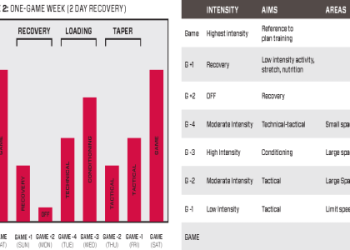When radar arrays blink off and satellite links falter, the last line of detection aboard a warship is often a thumbnail-sized pixel staring through darkness. That pixel belongs to a navy thermal imager—an unassuming module of germanium and indium antimonide quietly converting heat into tactical truth.
Modern naval warfare prizes the unseen. Submarines glide beneath thermoclines, fast attack craft mask their exhaust with salt-water injection, and drones skim the wave-tops at night. Against these stealth tricks, visible-light cameras are nearly blind, and traditional searchlights merely announce a ship’s position. Thermal imaging, by contrast, reads the 8- to 14-micron glow that every object unavoidably emits. A diesel engine running at 180 °C leaves a radiant breadcrumb; a carbon-fiber skiff warmed by 0.3 °C above the sea is still a lighthouse in the infrared spectrum.
Engineers once struggled to cool bulky detectors with dewars of liquid nitrogen, limiting systems to flagship cruisers. Today’s stirling-cycle micro-coolers the size of soda cans sip 3 W of power and survive 1 000-g shock tests. Fused to AI chipsets, they classify threats in milliseconds: helicopter rotor-wash flicker, periscope wake patterns, or the heat bloom of an incoming anti-ship missile booster. The same core is bolted to deck-mounted gun pods, integrated into fire-control loops, and slung beneath rotary UAVs that launch from cramped Littoral Combat Ships.

Beyond target acquisition, the data keeps crews alive. Damage-control teams navigate smoke-filled compartments using helmet-mounted thermal monocles that highlight bulkheads heated by unseen fires. Search-and-rescue swimmers drop RHIBs in pitch-black monsoon seas because the 50 mK sensitivity of modern sensors can distinguish a hypothermic sailor’s scalp from surrounding foam. Even hull inspections migrate beneath the waterline: ROVs equipped with sapphire-windowed imagers map hot spots on exhaust ducts, catching catastrophic cracks before they open to the sea.
The supply chain, however, is becoming a battlespace of its own. Germanium lenses and tellurium alloys travel fragile commercial routes; a single embargo could idle production lines. Consequently, western navies seed foundries in allied countries, stockpile strategic wafers, and fund research into diamond-film optics and colloidal quantum dots that promise identical performance without rare-earth bottlenecks. Meanwhile, peer competitors field countermeasures—multi-spectral decoys that burn at variable temperatures, exhaust mixers that dilute heat signatures, and meta-material cloaks that bend long-wave radiation around superstructures. The cat-and-mouse loop spins faster every fiscal year.
Yet the fundamental physics remains unconquerable: every object above absolute zero radiates energy. Naval officers therefore treat thermal superiority like ammunition bunkers—stocked, cycled, and guarded. The sensor that can “see” first usually fires first, and in the arithmetic of modern missiles, the side detected is often the side defeated. In that equation, navy thermal is less a gadget than a keystone of fleet survival, a cold silicon eye translating the heat of war into the light of decision.














